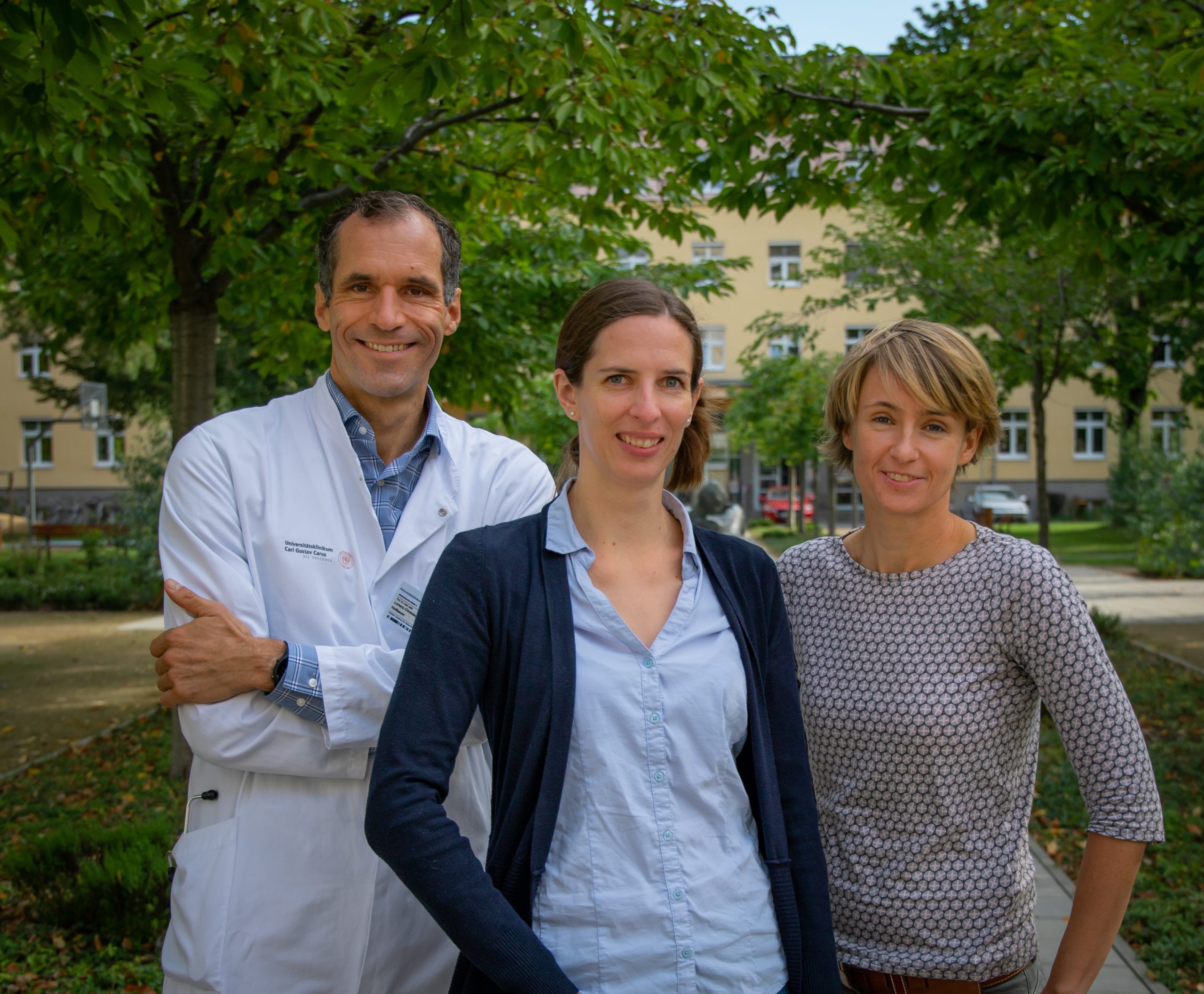
Tracing Iron
Newly funded Research Unit FerrOs studies effects of iron metabolism on bone and liver health. Professor Martina Rauner and associates receive 4.5 million Euros for DFG Research Group.
Dresden, 16.10.2020
The trace element iron is essential for life. The liver is a central organ for iron homeostasis and maintains systemic iron levels in a narrow range that is optimal for human health. Iron deficiency is commonly the result of inappropriate uptake as in vegetarians or after chronic blood loss. The resulting iron-deficiency anemia is a common disease of the elderly. However, iron overload due to hematologic or genetic disorders is also detrimental for health and may damage a variety of organs, including the liver, the heart, the pancreas, and the testes. Also, bone is susceptible to iron alterations, since both iron deficiency and overload impair bone strength and promote fragility fractures.
The Deutsche Forschungsgemeinschaft is now funding The Research Unit „Role of iron metabolism in the osteohepatic axis“ (FerrOs) with 4.5 million € over four years. Professor Martina Rauner from the Bone Lab Dresden & the Center for Healthy Aging (Department of Medicine III) of the Universitätsklinikum Dresden coordinates this interdisciplinary consortium. The researchers try to decipher the fine-tuning of iron regulation between the liver and bone and clarify the role of hepcidin, ferroportin, and BMP signaling in this communication.
To this end, TU Dresden scientists cooperate with groups from Heidelberg, Münster, Ulm and Zürich in nine projects, five of which involve Dresden-based PIs, including Martina Rauner, Ulrike Baschant and Lorenz Hofbauer. With this program, the FerrOs group aims to obtain new insights into mechanisms of iron-related disorders and to develop novel dual therapies that concurrently target bone and liver diseases in patients in the future.
